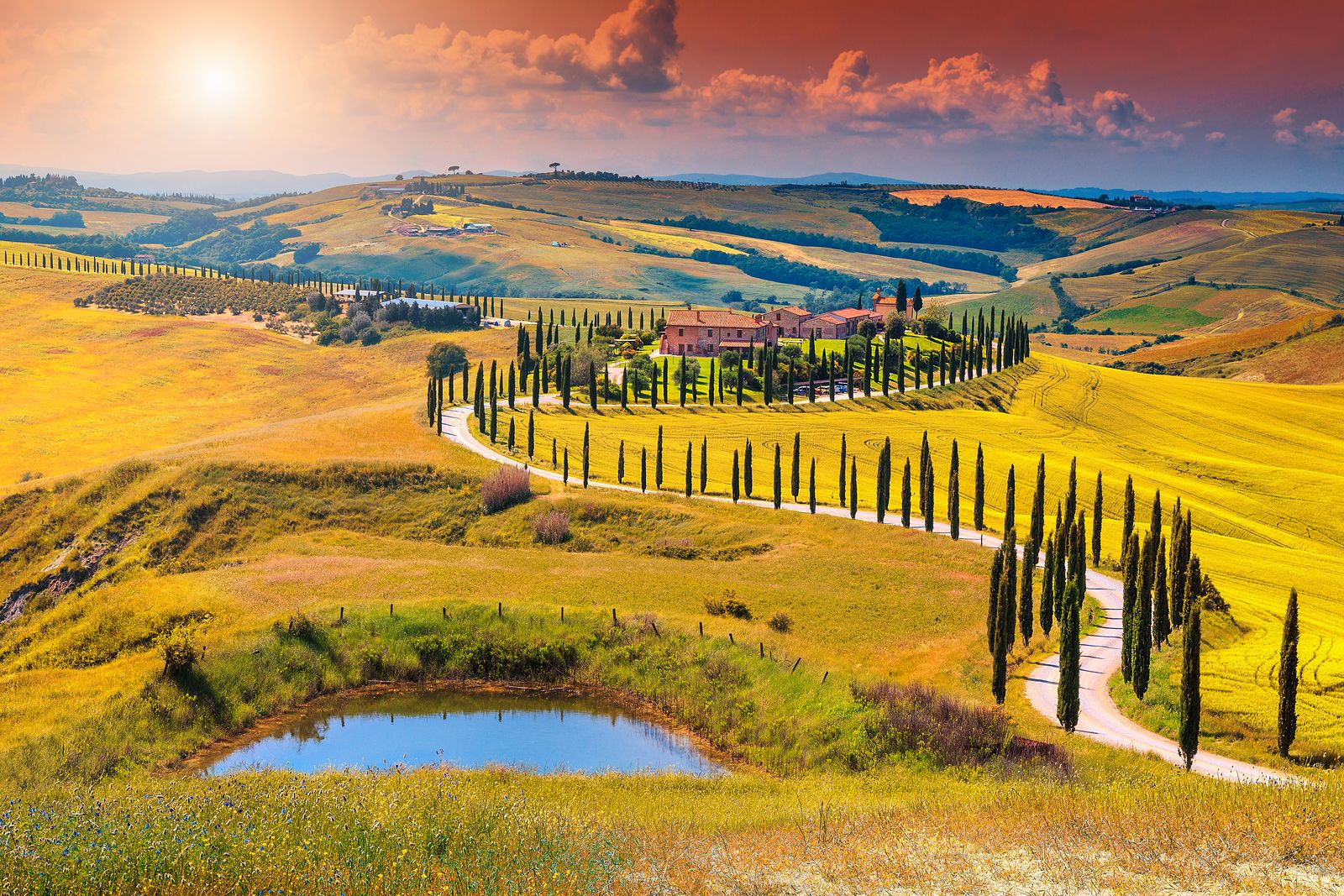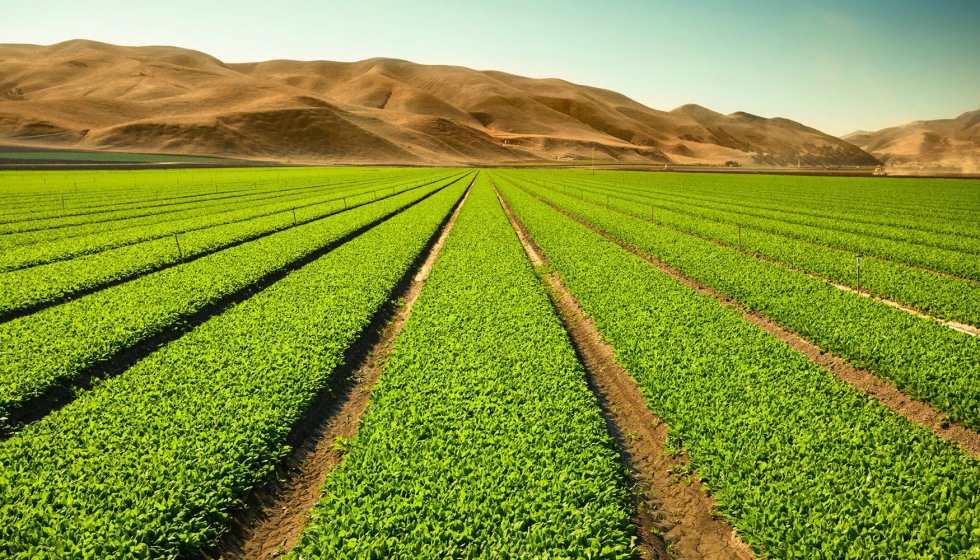La rural population It is a type of population that is characterized by the various economic activities that they carry out, in addition to understanding a somewhat simple type of development. Learn in this post everything related to its characteristics, concept and more.

What is a rural population?
When we refer to the rural population, we are contextualizing those regions of a State that are inhabiting rural areas, that is, outside the context of the modern city, or rather urban areas.
This sector is made up of a low population rate. That is, it does not have a high density of inhabitants. For their part, many of the commercial activities that they carry out are related to agriculture and livestock.
In some cases, these regions are much larger than the urbanized structure, of course, depending on the economic advance that the nation obtains. This type of rural population has been determined to exist since historical times, since in ancient times there were very few modern cities that existed. In fact, nomadism comes from the permanence of the individual in lands like these.
Currently the rural population has a much higher amount than in the case of the urban population, this of course in developing countries, that is, those countries that lack some industrial resources.
In contrast to this act, in developed countries, which have a very well positioned economy, the population tends to concentrate in urban cities, since in these localities many job opportunities are usually offered as well as the improvement of the quality of life and basic services.
Features
The characteristics of the rural population are diverse, taking into account the level of development that it exerts on the various activities that they carry out on a regular basis. Among the features that we can highlight are the following:
- It is found in large hectares of land
- They live from farming
- They are based on the exploitation of resources
- They tend to be poorer
- Education levels are precarious
This type of population usually has large families.
- Its type of population is relatively young, its work orientations are based on the exploitation of agricultural resources.
- Its economy is based on the sale of pigs, as well as the cultivation of vegetables, vegetables and fruits. They consider the sale of cheese and meat a profitable business. The urban population through the industries usually make purchases from this rural market.
This population, despite carrying out their own economic activity, in some cases tends to be deprived of resources, they are generally much poorer in contrast to those who live in industrialized and urban areas.
Differences between rural and urban population
The differences that take place between the rural population, in contrast to the Characteristics of the urban population they are quite notorious, due to the disparity of existing conditions between one and the other. One of the most relevant aspects to highlight are the economic conditions that both present within their customs and activities.
The rural and urban population are fully differentiated in several completely remarkable aspects, one of them is based on the productivity and development of food, in the case of urban populations, there is no employment or harvest of the food consumed, while the rural population produces everything they consume. For this reason the urban population depends on the levels of production that the rural population carries out.
In other aspects, urban cities are structured through legal and administrative forms, which are under the influence of agencies created for the operation of public institutions for specific purposes. Among them:
- Ministries
- Embassies
- Assemblies
- Courts
- political institutes
On the other hand, the urban population is exposed to much higher levels of pollution and environmental threat, thanks to the industrialization processes job opportunities are much more spontaneous. The economic activity of the urban population is based on five sectors:
- Primary
- Secondary
- Tertiary
- Quaternary
- Quinary
In the case of the rural population, the necessary services are not available for the full development of basic activities. However, this society has increasingly managed to adapt to certain precarious mechanisms under the conditions in which they are accustomed to living.
Finally, one of the countries with the largest rural population in the world is Mexico, due to the extent of its territory and the culture that develops in that nation, which contributes to its inhabitants concentrating on the largest portion of land that is are located in agricultural areas.
Although this country has gone through some modernization attempts, its culture continues to be and seem rural. Their population tends greatly to lean toward a receptivity to the rural conditions in which they like to live.
All the characteristics of Mexico indicate that their population carries a culture that comes from an indigenous ancestor. This cultural fact is preserved in a great way, so that its population feels completely identified with the rural style of coexistence and work, successfully adapting to these forms and lifestyles.

